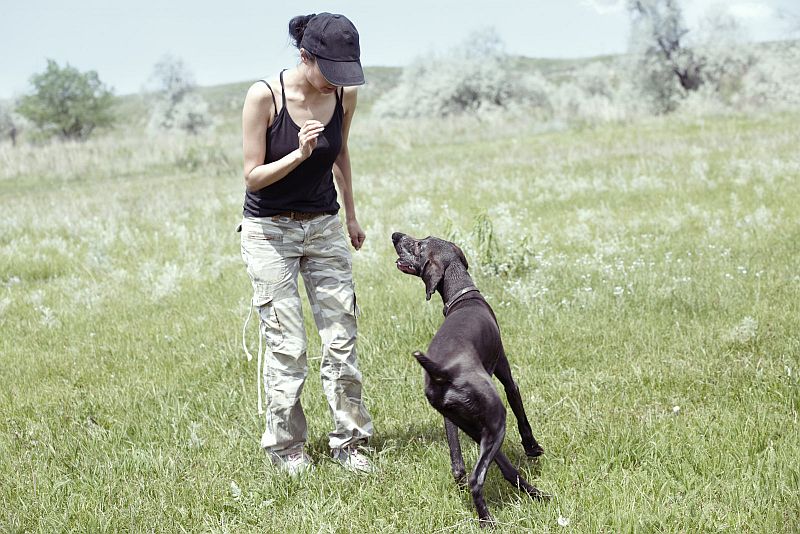How Much Training Does My Dog Need?

London, Sep 10: Dog training is nothing but the application of behavior modification that employ the unique social context of antecedent and effects to modify the dog’s behavior, either in a manner intended for it to perform certain activities or take on certain tasks, or for it at the very least to engage effectively in modern domestic life.
The idea is that dogs have the same psychological characteristics as humans and can learn some things from the same environment. They can be taught to walk properly on a leash, fetch a ball, or even to come when called. However, there are many aspects to be considered before bringing up a dog and one of them is that of dog training equipment.
Basic dog training usually starts with teaching your pet to sit or lie down on command. Your pet can begin with simply moving his head and ears towards you while giving you signs like ‘sit’ or ‘stay’. You may want to start with this on your own and ask your child to help you. In case you don’t have adult around, you may begin to teach your pet while you are in the car, waiting for the bus, etc. It is also an ideal exercise for both of you. Once your pet can sit calmly and look forward to meeting you after a car ride or waiting patiently for the bus, you can introduce him to advanced training courses.
Advanced dog training usually focuses on more complicated tasks and needs more specialized instruction. These are commands like the come command, shake hands, stay, and other more complicated ones. This is where participation of the family is important. When you train a dog using advanced methods such as the sit command and the stay command, there should be an understanding between you and your pet. This is because the latter has to know what is expected of him and the owner has to remain consistent in enforcing the commands. This is what is commonly referred to as obedience training.
Agility training helps your dogs learn how to move and perform complex tasks in agility competitions. There are many dogs that need to run and work in such competitions and their owners are fortunate enough to have agility training equipment. In addition to helping your dog learn the basic skills, agility training also provides you with the opportunity to challenge him and make him work even harder. The more difficult the task, the more your dog learns and the easier it becomes.
Positive reinforcement is essential in any training program. This helps train your dog without resorting to harsh punishments and negative behaviors. Many times negative behaviors like barking, whining and biting are caused by your dog’s fear. It tries to protect itself from something that it considers a threat, the main thing that is always in the mind of a dog. The key in dealing with this is to ensure that you give your dog positive reinforcement whenever it exhibits behaviors that you approve of.
One of the most basic tools for dog training is leash training. Leash training should be started at an early age to prevent your dog from being distracted by other dogs or other things around him. To encourage good behavior and teach your dog the basics of leash training, attach a doggy leash to your pet dog’s collar and attach a verbal commands like “stay” or “come” to his collar as well. With the help of your verbal commands, your dog will learn how to stay put, follow your hand signals and leash him up.
Dog training includes a lot of fun activities that you can do with your dog. For example, you can build his confidence by having him perform simple tricks like sit, stand and down. As he performs these simple tricks, show your pet hand signals that you approval of his performance. Reward your dog whenever he performs these easy tasks repeatedly. As you reward him for the simple tasks you are doing, work on having him perform more difficult dog training tasks like sit and come.
There are plenty of dog trainers out there. But the best trainer that you can get is yourself. By observing your dog’s behavior closely and by consistently rewarding your dog with simple verbal commands and treats, you will soon know how much training does my dog really need. Remember that every dog is different, and some dogs learn faster than others. Work on having fun and be patient with your dog.






